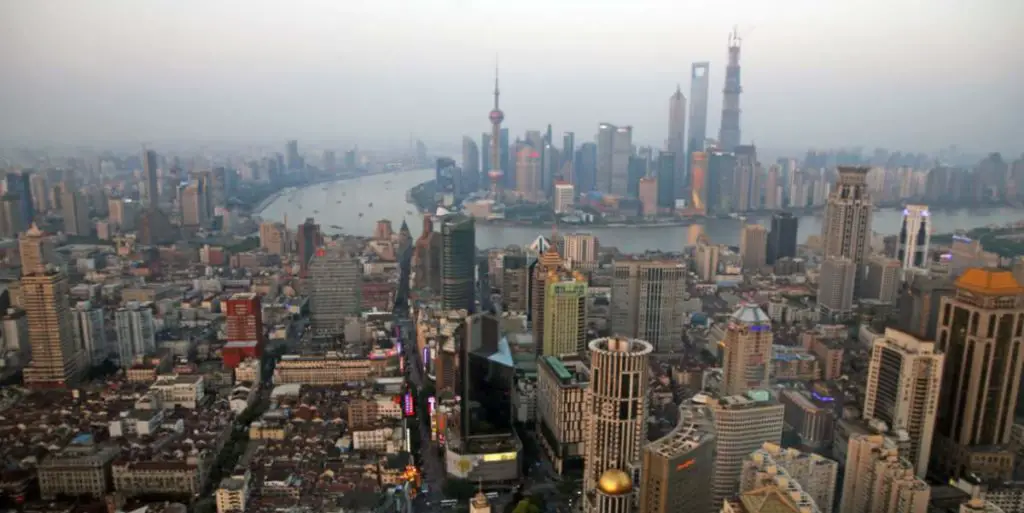With summer around the corner, city dwellers are planning their shoreline retreats to escape unbearable heat. Urban regions typically stay warmer during this season due to their structure. What if there were ways to reduce this effect by making minimal changes to metropolitan lifestyles?
Cities can effectively preserve natural land by permitting one region to house many individuals. When we build up rather than out, we allow many areas to remain untouched by humans.
However, although cities can conserve organic areas, they also contribute to a dangerous warming phenomenon known as urban heat islands.
What Are Urban Heat Islands?
Heat islands are urban areas that experience heightened temperatures compared to the surrounding spaces. Buildings and roads absorb and emit heat from the sun more than rural land and bodies of water. In cities with little greenery and water, temperatures rise between 1°F and 7°F higher than in outlying towns.

Urban heat islands (UHI) contribute to various effects on humanity and the planet. Fortunately, it is possible to reduce the impacts of this kind of warming event.
The Impacts of UHIs
In the summer, city air quality tends to degrade due to pollutants on the streets. The heat traps contaminants in one region, restricting their ability to disperse. As garbage and pollution warm up, toxins leach into the environment, degrading breathable air. These areas also lack lush greenery, which limits airborne pollutant filtration.
UHIs also cause severe heat waves that may be detrimental to residents’ health. During sweltering days, one’s body temperature could reach 104°F, creating dangerous effects. Vomiting, brain damage, kidney failure, muscle cramps, unconsciousness, and death may result from heatstroke.
Increased summer temperatures also promote more greenhouse gas emissions. To protect their health, urban citizens must run their air conditioning units for extended periods. AC systems contribute 100 million tons of carbon emissions annually. These emissions lead to rising global temperatures and ecological destruction.
How to Reduce the Urban Heat Islands’ Effects
Roofing is a critical element of the urban heat island effect. One may install a green roof to absorb heat, provide shade, and insulate buildings. Dark-colored rooftops attract heat, causing a building and the air to warm. Roofs filled with plant life can reduce AC emissions by 75% through insulation.
Rooftop vegetation can also increase the air quality in cities by filtering air pollutants. They capture greenhouse gases and convert them into pure oxygen. Green roofs also aid in environmental protection by increasing a roof’s stability, lasting twice as long as traditional builds.
Building owners with flat roofs should also consider strategies to strengthen ventilation and reflection. Protective coatings can help roofing become more reflective to reduce the impact of sunlight. This also has the benefit of regulating energy within the building itself.
To reduce the retention of heat on the streets, cities could install light-colored concrete roads. Dark surfaces, like asphalt, only reflect 4% of sunlight and hold the rest. White surfaces reflect 90% of light, allowing streets to cool quickly when the sun goes down. Light-colored sidewalks and streets could decrease summer temperatures in urban areas.
Cities may utilize green parking lots to absorb and convert heat rather than retain it. Traditional lots hold heat during the day and release it at night, making it difficult for the air to cool. With sustained heat, stormwater quickly evaporates on the asphalt, restricting its ability to wash away pollutants and toxins.
Green parking lots combine light-colored concrete and grass, moss, or plants to decrease urban heat islands. The greenery absorbs sunlight for photosynthesis and acts as a water management system.
How Individuals Can Contribute to Change
There are various actions you can take to reduce the effects of urban heat islands. You can start by talking to your local government officials about installing green roofs on public buildings, light-colored streets, and green parking lots. It may also help to create a petition for change.
Individuals can take the initiative by placing plants on their balconies or yards to absorb heat and improve air quality. You may also install sufficient shade inside and around your home to lower AC emissions. Blackout curtains and full trees can provide adequate shade to a resident’s property.
Also, remember to check in with your peers during heat waves. Heatstroke is a severe and sometimes fatal effect that civilians should take seriously.
The Impact of the Urban Heat Island Effect
UHIs are consequences of poorly designed cities. But humans crafted these regions, so we can also restructure them as we learn more about our environment.
By engaging with the systems and practices listed above, we can reduce summer urban temperatures. When we work together to make these changes, cities may become far more habitable and sustainable year-round.
- 9 Myths and Facts About Environmental Toxins - January 4, 2023
- Top 6 Deadliest Hurricanes ever recorded - November 7, 2022
- Are All-Electric Homes Feasible in the Near Future? - September 25, 2022
